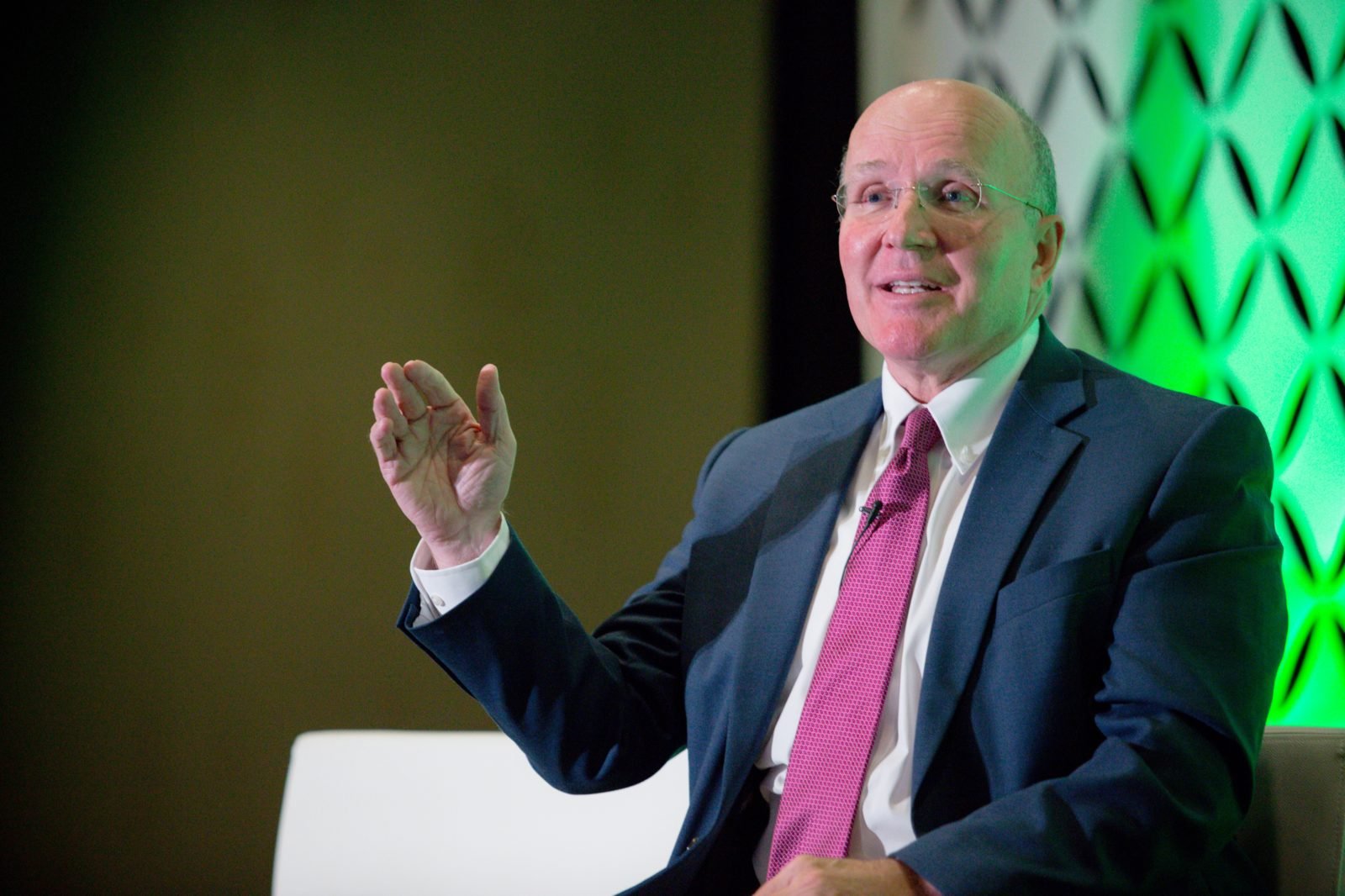In every market there are two kinds of fools. One charges too much, the other charges too little. Russian proverb.
There are only three pricing strategies: Skim, penetration and neutral.
Pricing is how we divide up value.
Tim Smith, author of Pricing Done Right, refers to these as price positioning. He believes pricing strategy includes things like segmentation, competitive reaction, and pricing capability.
Penetration Pricing
Price is the primary driver of the purchase decision with penetration pricing.
It can be effective and profitable, yet it is by far the least understood. After all, if your goal is to maximize market share, you could set your price at zero, or negative—pay customers to use it!
The literature is overwhelming: there are more failures than successes with this type of pricing.
It tends to attract the least loyal customers, who are thus the first to defect to a lower-priced offering.
Price cuts easy to match by the competition, then you get neither market share or profit.
Companies who appear to have implemented this strategy successfully:
Wal-Mart
Southwest Airlines (Ryanair in Europe is even more profitable)
Costco
Dell
IKEA
Timex
Freemium variation of Penetration
One question with all these strategies is: your price compared to what?
Your offering’s value, or
Your competitors’ price
Reed Holden has changed his mind on this issue. In his prior book (written with Tom Nagle), The Strategy and Tactics of Pricing, he wrote that it was compared to your offering’s value.
Yet, in Pricing with Confidence, he writes it’s compared to your competitor’s price.
Success Factors with Penetration Pricing
Begin with strategy from day one
Operate extremely efficient, constantly driving costs out of the system and sharing those saving with customers
Guarantee consistent quality
Focus on core products/customers
High-growth, high-revenue focus
Procurement champions
Little debt
Control as much as possible (brands, value chain, etc.)
Advertising focuses on price
Never mix messages
Understand your place (there’s room for only a tiny number of companies, in any industry, that can successfully deploy this pricing strategy)
As one pricing manager said: “In a war, the atomic bomb and price are subject to the same limitation: both can only be used once.”
Skim Pricing
If any of these strategies guaranteed success, everyone would do it. That said, skim pricing can be very profitable, as these companies that use it prove:
Apple
BMW
Bose
Disney
FedEx
Godiva
Gucci
Nordstrom
It’s not unusual for a premium priced product to have the highest market share. For example, P&G’s Gillette razor, at one point, had 70% of the market.
Success Factors with Skim Pricing
Superior value
Innovation
High quality
Branding, Marketing (vs. sales)
Shy on special offers
An excellent example of how dangerous this form of pricing can be because it invites competition is Xerox vs. Canon. Xerox never defended it’s higher position with a lower-priced flanking product.
Contrast Xerox with Apple, which is very adept at protecting it’s high-end value.
Beyond skim pricing is luxury whereby you take advantage of prestige, or so-called snob, effects. For instance, Switzerland is 2% of world’s watch production, yet it produces 53% of value.
The president of USA Porsche once said: “The second Porsche on the same street is a catastrophe.” It obviously focuses on profits, not market share, which might explain why, in 2013, it generated an18% profit margin, higher than any other auto company.
With skim, or even neutral, pricing, if you can offer a world-class guarantee, that can be a very effective strategy.
Such as the guarantee offered by Florida based “Bugs” Burger Bug Killers (BBBK)” exterminators:
Guaranteed to eliminate to rodents and roaches
If you or a guest see one, you get a refund of one year of our services
And we will pay another exterminator for one year
And to the guest who sees a roach: we will pay their bill, send a letter of apology, and invite them back as our quest
BBBK’s price is as high 10x its competitors.
Michael E. Raynor and Mumtaz Ahmed (both with Deloitte Consulting), in their April, 2013 Harvard Business Review article, “Three rules for making a company truly great,” April 11, 2013, wrote the three rules
Better before cheaper—in other words, compete on differentiators other than price.
Revenue before cost—that is, prioritize increasing revenue over reducing costs.
There are no other rules—so change anything you must to follow Rules 1 and 2.
They also point out that very rarely is cost leadership a driver of superior profitability—Amazon is a good example.
Neutral Pricing
Tim Smith, in Pricing Done Right, says that neutral pricing is the default strategy, and generally the most profitable. It’s also least likely to trigger a price war. Successful examples:
Buick
Seiko watches
Sony
Toyota
Über
Zappos
Where the basis of competition and the purchase decision is focused on other attributes rather than price: service, features, guarantee, convenience, etc.
Good for no-growth, or slow-growth markets.
It can leave money on table, and it tends to signal average value.
Herman Simon, in his book, Confessions of the Pricing Man, cites a survey his firm conducted and found that managers spend 70% of their time focused on cost reduction; 20% on increasing volume; and only 10% on price. These percentages are the opposite of profit effects of these actions!
Choosing a Pricing Strategy
From Reed Holden’s Pricing with Confidence:
Understand your value, absolute and relative
Where’s your offering in the life cycle?
Industry economics (capacity, fixed vs. variable costs)
Competitive dynamics
Consensus (Ron says leadership, the opposite of consensus)
Life Cycle
Introduction
Growth
Maturity
Decline
You can use Skim and Neutral across the cycles, but penetration is not optimal during introduction/emerging, mature, or decline phases.
From Pricing with Confidence by Reed Holder and Mark Burton


















































































